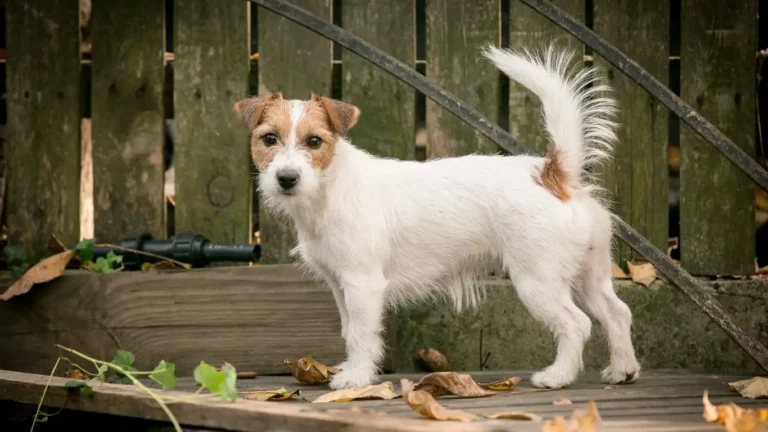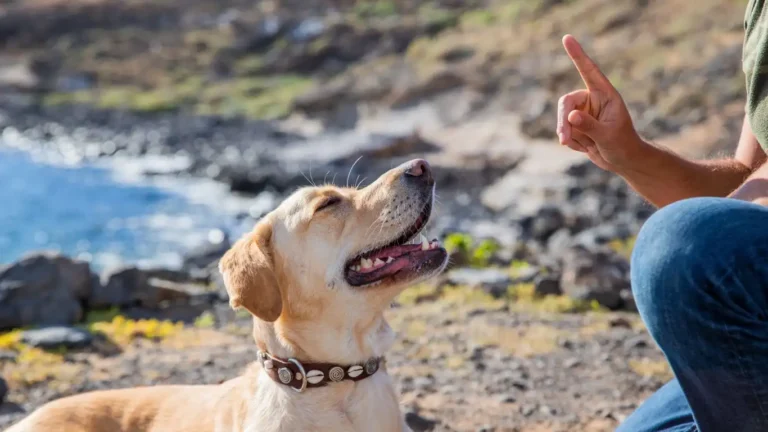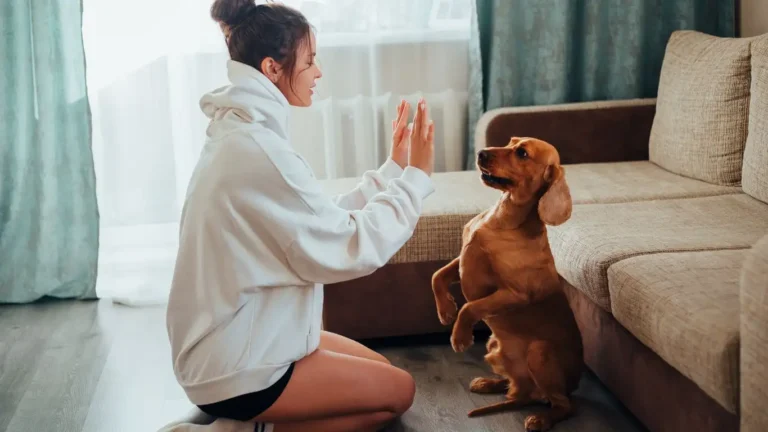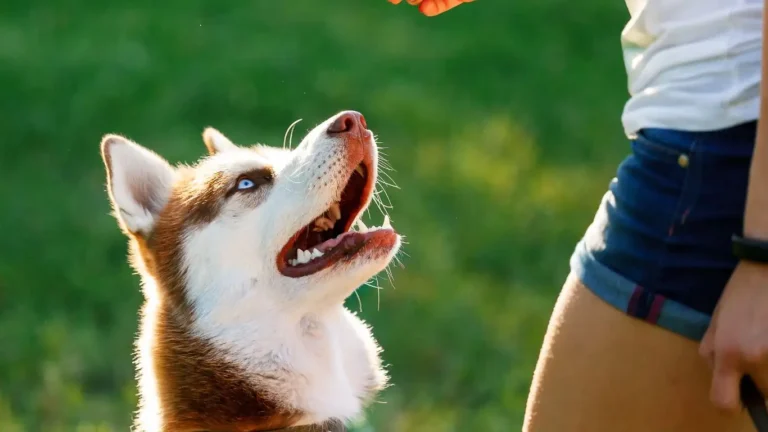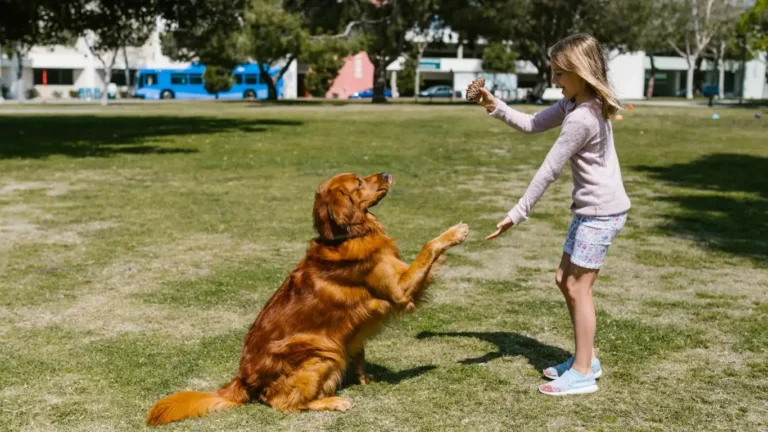Proven Ways to Train a Dog to Be Less Dependent and Confident
If you’ve ever wondered how to train a dog to be less dependent, you’re definitely not alone. As a Canine-Assisted Therapy Trainer, I’ve seen firsthand how dogs can get a little too clingy or overly attached to their humans — and while that sweet, shadow-like loyalty is adorable, it can sometimes hold our pups back from being confident, independent companions. Whether your dog follows you around the house, whines when left alone, or seems overly anxious whenever you step out of sight, learning to encourage independence is a vital skill. Today, I’m sharing practical, experience-backed tips to help your furry friend build confidence and enjoy a bit more freedom — all while strengthening your bond.
Why Does Dog Dependency Happen?
Before jumping into the training part, it’s important to understand why dogs become so dependent in the first place. From my years working closely with therapy dogs, I’ve noticed this behavior often roots in a few key areas:
- Lack of early socialization or exposure: Dogs who haven’t had enough chances to explore on their own or meet different people and environments often grow overly reliant on their owner’s presence for comfort.
- Past trauma or anxiety: Dogs with a history of abandonment, abuse, or changes in their environment may develop separation anxiety, making them clingy or distressed when alone.
- Overprotective or unintentionally reinforcing owner behaviors: Sometimes, our loving instincts can backfire. For example, rushing to soothe your dog every time they whimper can teach them that dependence gets results.
In my experience, identifying the root cause can guide you toward the right approach — so it’s not just about training commands but also about understanding your dog’s emotional world.
How to Train a Dog to Be Less Dependent: First Steps
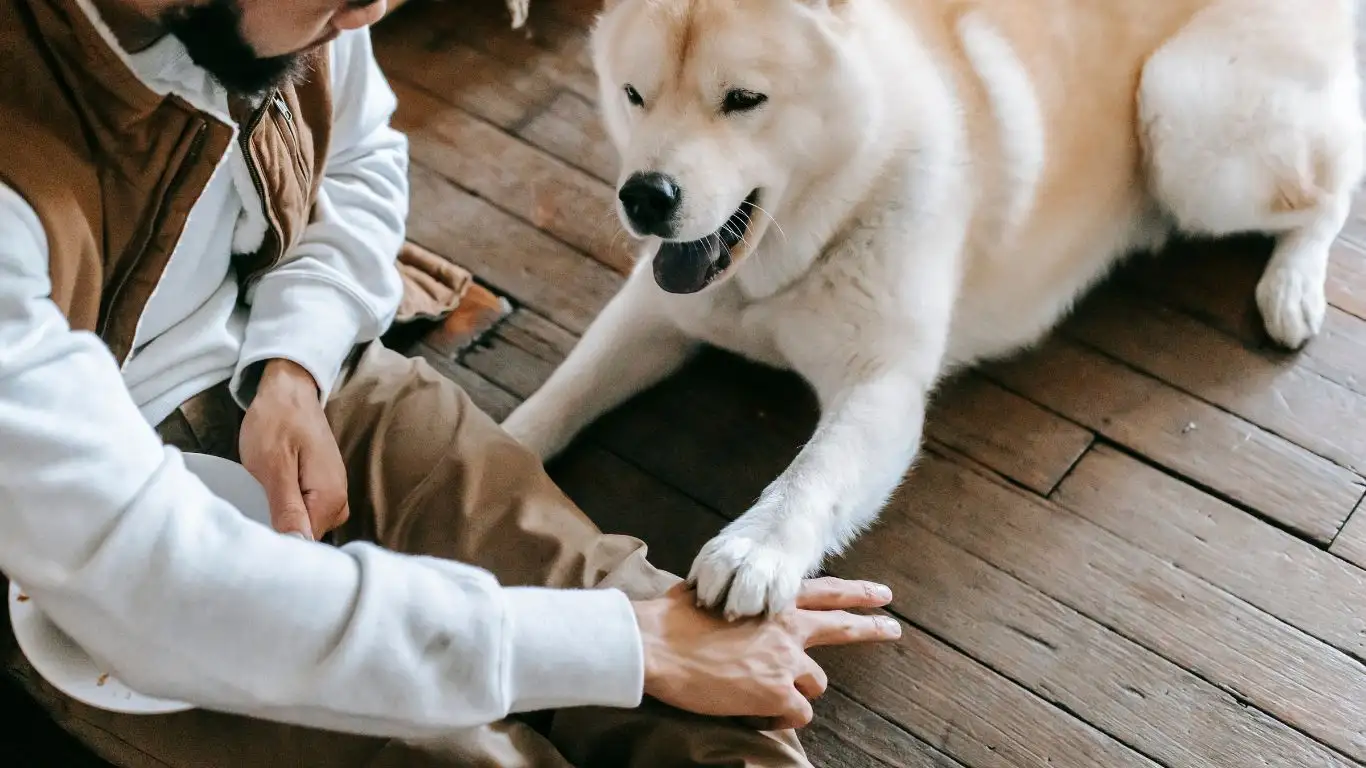
Getting started with fostering independence doesn’t mean ignoring your dog or suddenly cutting off all affection. Trust me, it’s about balance — nurturing confidence while still showing you care. Here’s how I usually advise dog parents to begin:
Start With Gradual Alone Time
One of the biggest hurdles is separation anxiety or the urge for constant company. To ease this, try introducing alone time slowly. Begin with just a few minutes where your dog stays in a safe, comfortable space while you’re in another room. Gradually extend this time as they get more comfortable. You might be surprised how quickly dogs adapt when given the chance.
My tip: use engaging toys or long-lasting treats during these times. It helps distract your dog and makes alone time something positive, not scary.
Create a “Safe Spot” Your Dog Loves
Dogs thrive when they have a designated safe place — whether it’s a crate, a cozy bed, or a corner of the room with their favorite blanket. This spot becomes their go-to when they want to chill independently. Early in my training career, I saw a therapy dog transform simply by introducing a comfy “safe zone” where they could retreat calmly instead of following their handler around nonstop.
Encourage Independent Play
Playing solo might seem unnatural at first, but it’s a fantastic way to build your dog’s self-confidence. I recommend:
- Offering interactive toys like treat puzzles or chew toys
- Scheduling regular play sessions where your dog learns to entertain themselves
- Praising calm, independent behavior — even just quietly lying down alone
Remember, the goal is to reward the independence you want to see, not just the clingy behaviors.
Consistency Is Key — But So Is Patience

In my experience, dogs don’t become less dependent overnight. It takes gentle consistency and a lot of patience. If you slip up and respond to every whimper or follow your dog around the house all day, it can confuse them — and slow progress. Try to stick to your training plan, and remember to keep your tone calm and encouraging.
A useful trick I’ve learned is to maintain your own calm energy. Dogs pick up on our feelings, so if you’re relaxed and confident about their independence, they’ll mirror that energy. It’s a subtle but powerful part of training.
Understanding Body Language to Support Independence
A big part of teaching independence is knowing when your dog is genuinely uncomfortable versus just testing boundaries. Over the years, I’ve become quite adept at reading subtle body signals like yawning, lip licking, or pacing that indicate stress. Respect these signs and give your dog a break if needed, then try again later. Encouraging independence should always feel safe, never forced.
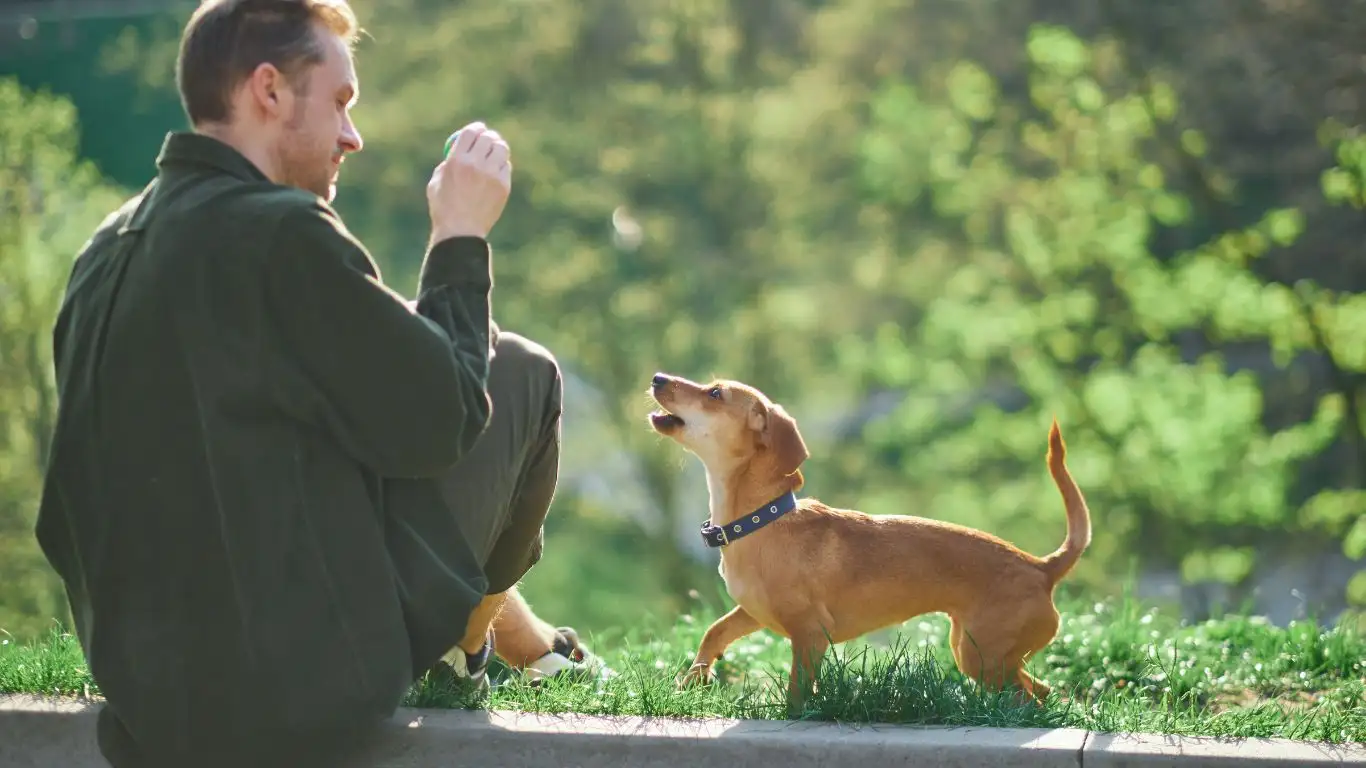
Building Independence Through Training Techniques
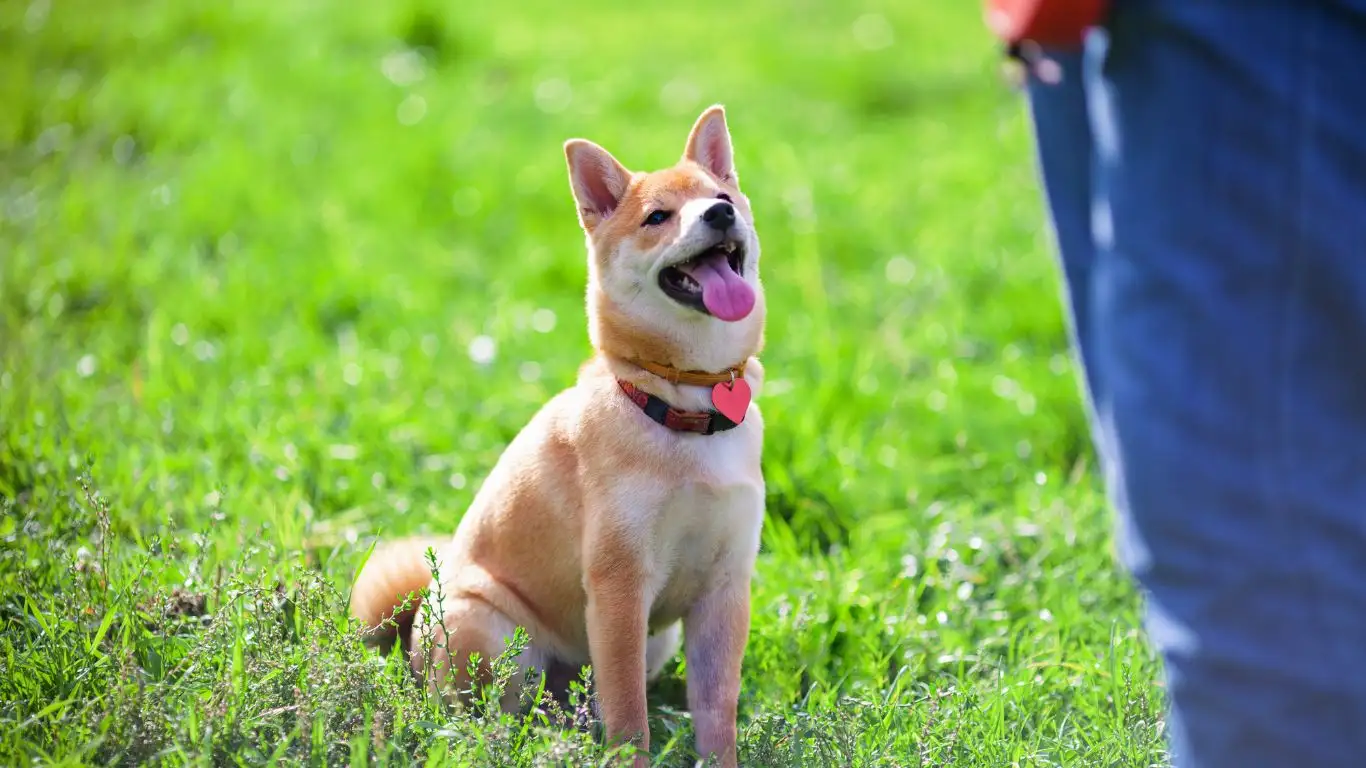
Once you’ve laid the groundwork with safe spaces and gradual alone time, it’s time to get a bit more intentional with training techniques that encourage your dog to be less dependent. Over the years working with therapy dogs, I’ve found that blending clear structure with gentle encouragement makes all the difference. Here are some of my favorite, tried-and-true methods:
Teach the “Stay” and “Wait” Commands
It might sound basic, but teaching “stay” and “wait” is one of the most effective ways to boost your dog’s confidence in being apart from you — even if it’s just for a few moments. When a dog learns to stay calmly in one spot without following you, they’re practicing independence in a manageable, controlled way.
Start small. I usually recommend working on short “stay” sessions near you, rewarding calm behavior, then gradually increasing distance and time. Use lots of praise, treats, and patience. One thing I always remind dog owners: don’t rush this step. If your dog breaks the stay, calmly reset without frustration, and try again.
Practice Leaving and Returning Calmly
This is a personal favorite because it directly addresses those anxious “separation” moments. When you leave the room or house, keep your departures low-key—no big fuss or dramatic goodbyes. When you return, greet your dog calmly without over-excited celebrations. This teaches them that being alone is normal and nothing to get stressed about.
In my work, I’ve seen huge progress when owners practice this consistently, especially combined with short absences that gradually get longer. Your dog starts to understand that you always come back, which builds trust and eases their anxiety.
Use Positive Reinforcement to Reward Independent Behavior
Dogs thrive on positive feedback. Instead of only reacting when they’re clingy or anxious, make a point to notice and reward moments when your dog is calm and independent. Maybe they’re chilling in their bed while you’re busy, or playing quietly on their own. A quick treat, verbal praise, or a gentle pet can reinforce that these behaviors earn your attention too.
I’ve often found that reinforcing independence this way creates a positive cycle — the more your dog experiences rewards for self-soothing, the more confident they become in those moments.
Helping Your Dog Manage Anxiety and Stress
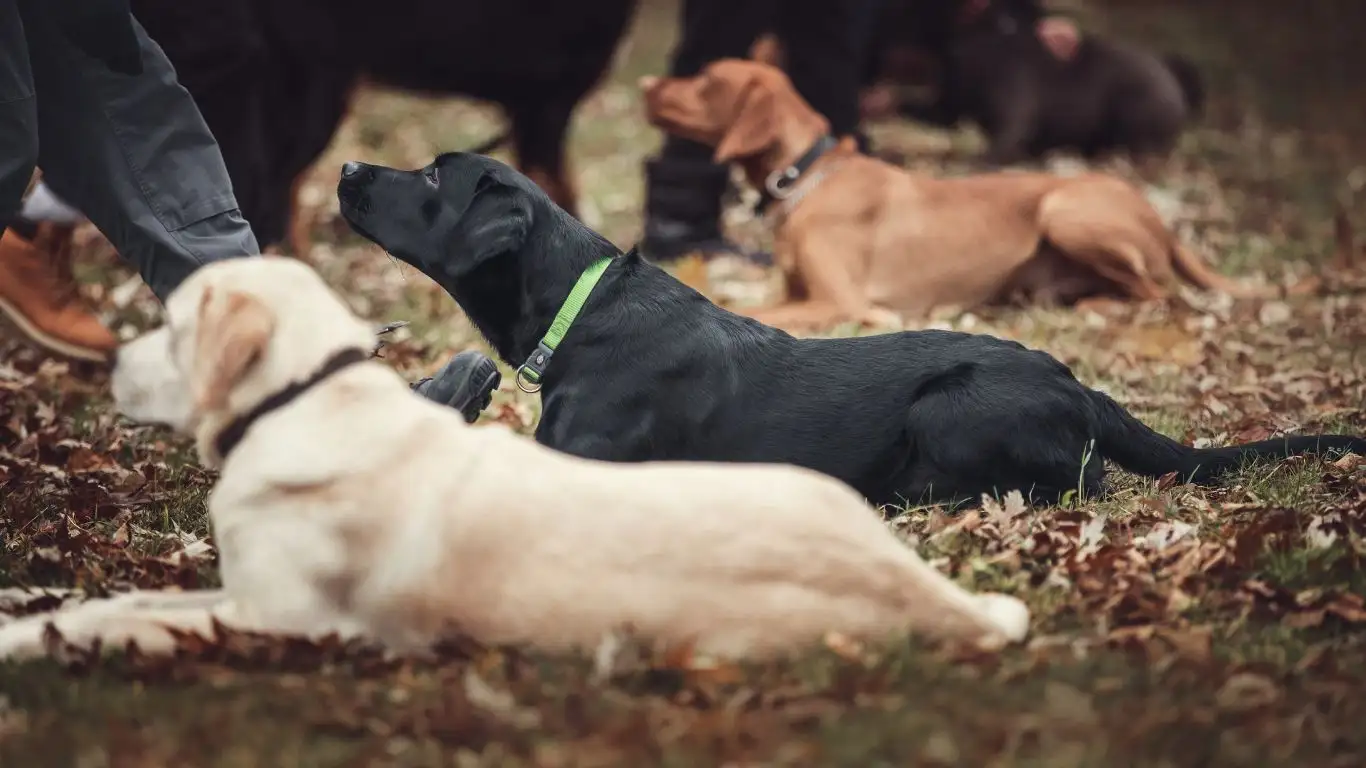
Dependency is often tied to underlying anxiety, so addressing your dog’s stress levels is crucial. Based on my experience with therapy dogs, a calm dog is naturally more capable of handling alone time. Here are some approaches I’ve seen work well:
Introduce Calming Techniques and Tools
Sometimes a little extra help goes a long way. I’ve recommended tools like:
- Thundershirts or anxiety wraps that provide gentle pressure to soothe nervous dogs.
- Soothing music or white noise to mask startling sounds that might trigger anxiety.
- Aromatherapy with dog-safe scents like lavender to create a peaceful environment.
Alongside these, simple breathing exercises with your dog—yes, you can do that!—help both of you relax. When you stay calm, your pup picks up on that energy.
Regular Physical and Mental Exercise
I can’t stress enough how important daily exercise is for independent behavior. A tired dog is generally a less anxious and less clingy dog. I always encourage clients to mix physical activity like walks or play with mental stimulation such as puzzle toys or obedience training sessions.
In therapy dog work, mental exercises are a game-changer. Teaching new commands, practicing tricks, or working on scent games builds confidence and distracts from anxiety triggers. Plus, it strengthens your bond in a healthy, balanced way.
Avoid Punishment—Focus on Compassion
Here’s something I learned early on: punishment or harsh correction doesn’t help a dog become more independent; it usually increases stress and fear. Instead, focusing on compassion and understanding creates a trusting environment where your dog feels safe to explore independence at their own pace.
I often remind fellow dog owners that patience isn’t just a virtue here — it’s a necessity. Celebrate small wins and keep your tone encouraging, even when progress seems slow. Your dog is learning how to be more confident with you guiding the way.
Socialization as a Tool for Independence
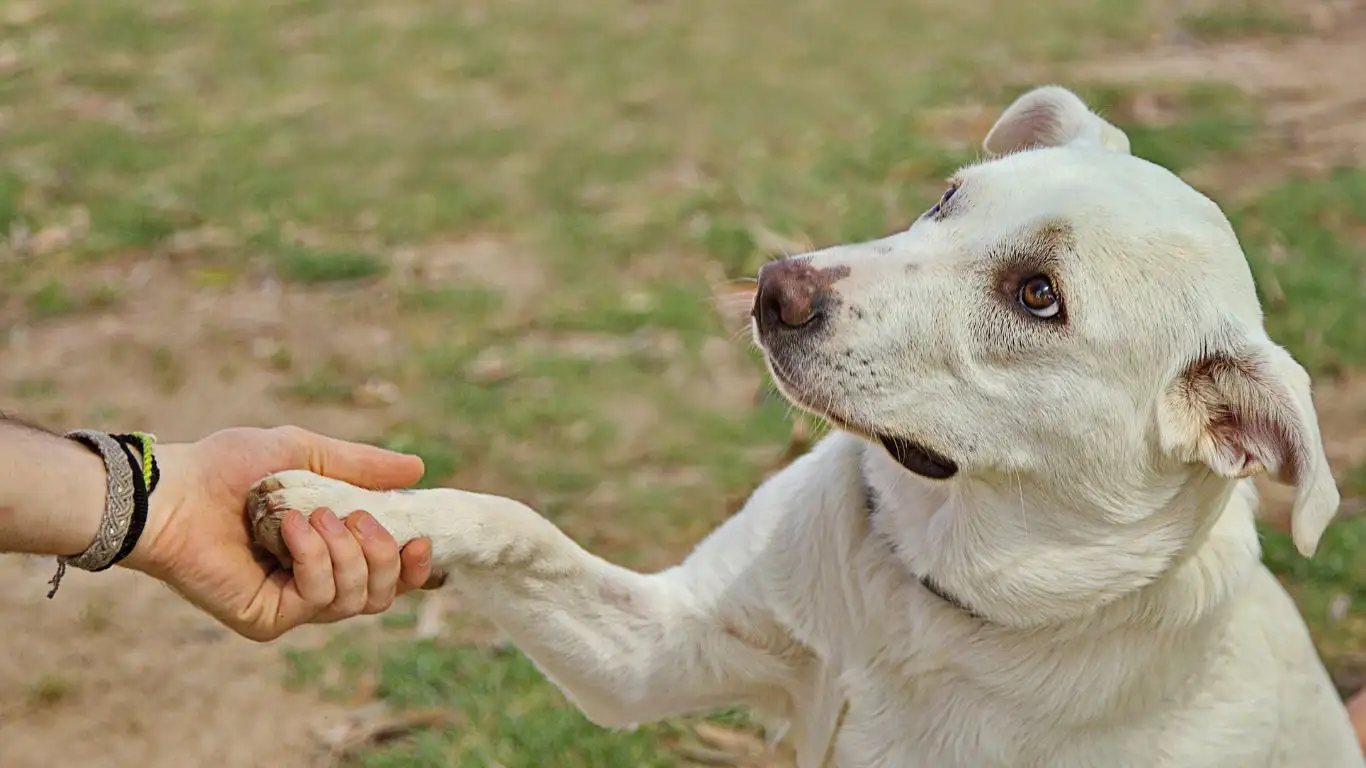
One of the best ways to reduce a dog’s dependency on you is to help them build confidence with others and in different environments. Socialization is key, and the earlier you start, the better.
Exposure to other dogs, people, and new settings teaches your pup that the world isn’t just about you — and that’s a good thing! As a therapy trainer, I always stress controlled, positive introductions rather than overwhelming experiences. Let your dog set the pace and reward calm behavior around new stimuli.
A well-socialized dog is more adaptable and less likely to become anxious when you’re not immediately present. Plus, social time provides great mental and physical exercise — a win-win for independence training.
Advanced Tips to Foster Your Dog’s Independence
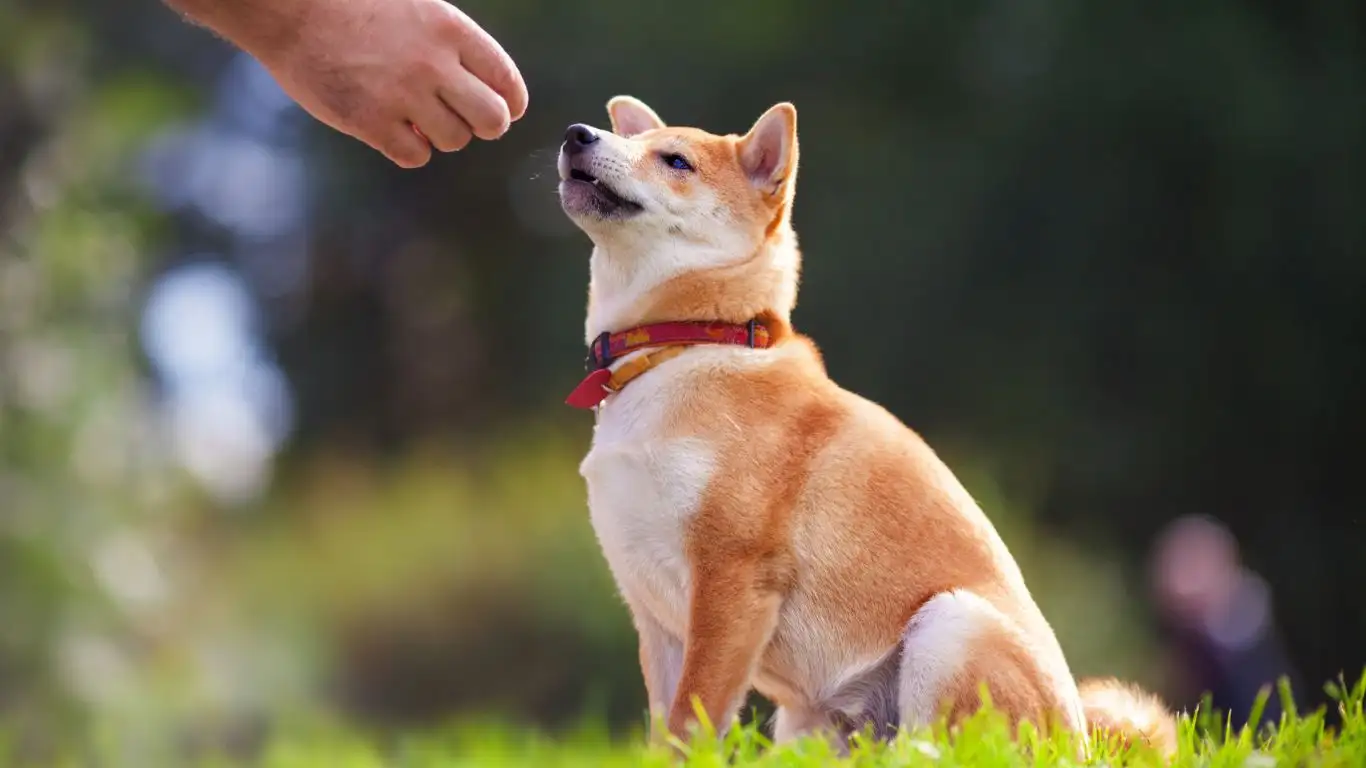
After mastering the basics, it’s time to fine-tune your approach to train your dog to be less dependent. Over the years, I’ve noticed that the key to long-lasting independence lies in layering small challenges and building trust step-by-step. Here are some of the more advanced strategies I use with therapy dogs and recommend to dog owners:
Incorporate “Place” Training
“Place” training teaches your dog to go to a specific spot on command and stay there calmly until released. This is a game-changer for independence because it gives your dog a clear, safe space to settle — even when distractions are around or you’re busy with other things.
When I started using “place” with therapy dogs, I saw dramatic improvements in their ability to relax and be patient without constant attention. It’s especially helpful during gatherings or when guests come over.
To start, choose a comfortable mat or bed and use a treat to lure your dog onto it. Pair the action with a verbal cue like “place.” Gradually increase the time your dog stays there, rewarding calm behavior throughout.
Practice Independent Waiting During Walks
Walks are often the biggest “follow me” moments for dogs, but they can also be perfect opportunities to build independence. I teach dogs to pause and wait while their handler steps ahead a few paces or stops at a curb without pulling.
By reinforcing calm waiting and teaching your dog that they don’t have to be glued to your side every second, you’re strengthening their patience and trust. This translates to better self-control at home too.
Use Interactive Feeding to Encourage Problem-Solving
Feeding time can double as training time. Instead of dumping food into a bowl, try using puzzle feeders or slow feeders that require your dog to work a bit for their meal. This encourages independent thinking and reduces mealtime dependence.
One therapy dog I worked with was highly food-driven but very anxious about being alone. Switching to interactive feeders helped him focus on the task, self-regulate, and enjoy mealtimes without immediate attention from his owner.
When to Seek Professional Help
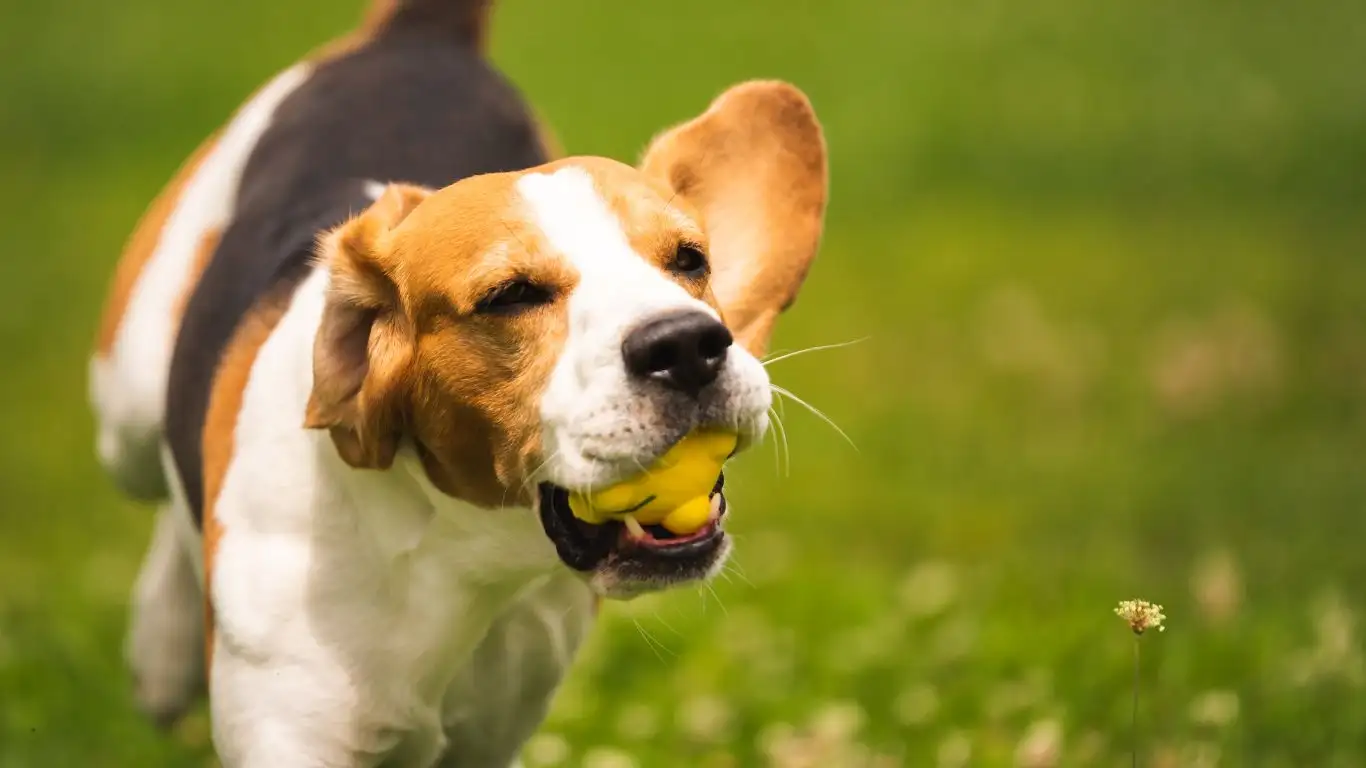
Sometimes, despite your best efforts, your dog’s dependency issues may feel overwhelming. In these cases, reaching out to a professional can make all the difference. As someone who’s been in canine-assisted therapy for years, I can’t stress enough how beneficial personalized help is.
Look for trainers or behaviorists who specialize in anxiety, separation issues, or therapy dog work — they bring the expertise to tailor strategies specifically for your dog’s needs. Also, a professional can help rule out any underlying medical issues contributing to your dog’s behavior.
Don’t hesitate to get a second opinion if progress stalls. Sometimes fresh eyes and new ideas unlock breakthroughs that transform your dog’s independence journey.
Maintaining a Healthy, Independent Relationship
Training your dog to be less dependent doesn’t mean you love them any less. On the contrary, it’s about fostering a relationship based on mutual trust, respect, and confidence. Dogs that feel secure in themselves are happier and often more affectionate in a balanced way.
In my experience, when you give your dog the tools to manage moments apart, they reward you with calmer behavior, better focus, and even more meaningful companionship. It’s a win-win that takes time but pays off beautifully.
References
- American Professional Dog Trainers (APDT)
- ASPCA – American Society for the Prevention of Cruelty to Animals
- American Kennel Club (AKC)
Disclaimer
This article is intended for informational purposes only and does not replace professional veterinary advice or behavioral consultation. Every dog is unique, and training results may vary. If your dog exhibits severe anxiety or behavioral issues, please consult with a certified trainer or veterinarian to develop a safe, personalized plan.
